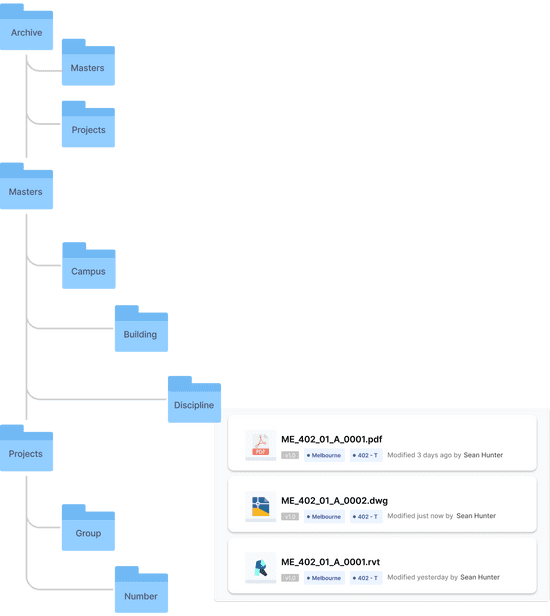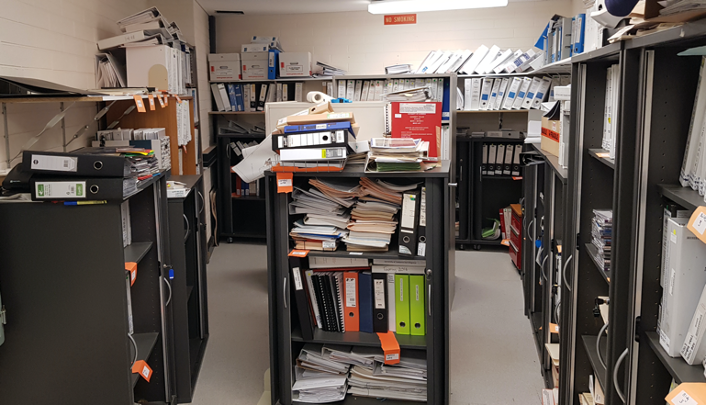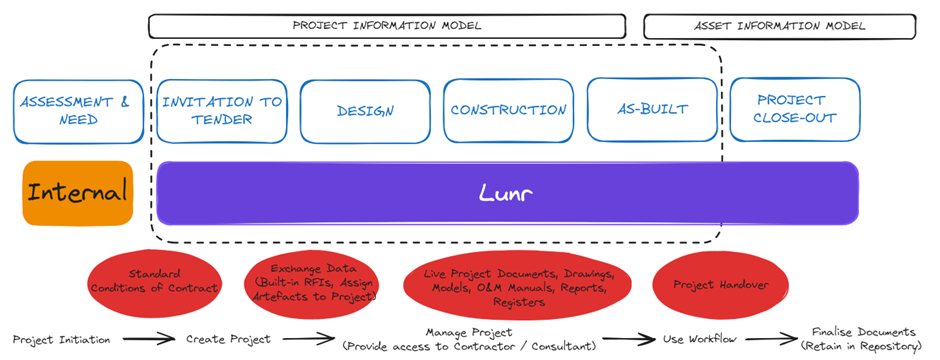Understanding Document Workflow

A reasonably standard engineering review workflow consists of the following steps:
Edit document: Moves the document into the Draft workflow state, locking it to the editor to avoid conflicting changes.
Send for Review: After the editor finishes the changes, the document is sent to somebody in an Approver role for review. This user is responsible for confirming the changes are correct and to standard. Drawing Management Systems can be configured to trigger an email notification to the approver at this step of the workflow to let them know that they have a review pending their attention.
Approve/Reject: The user then has the option to approve or reject the workflow and provide a comment for context. If a document is rejected, it will usually be assigned back to the editor so that changes can be made. If the document is approved, the revision is automatically updated and released as a master version.
Our system prioritizes security, ensuring that documents are only accessible to the users who need them. This prevents a user from an operations or maintenance role from accessing a document on the workflow that may be incorrect or incomplete, instilling confidence in the system's integrity.
Benefits
Document workflow provides several benefits:
Document changes are controlled, and only one user can edit a document simultaneously.
Changes to documents require review and approval, reducing the risk of defects.
An audit trail is maintained for every document.
Automation can be set up to push the document to other applications on workflow changes.
Lunr's document workflow fosters a sense of collaboration, allowing all members of the project team, including staff, vendors, sub-contractors, and more, to contribute and feel valued in the process.


